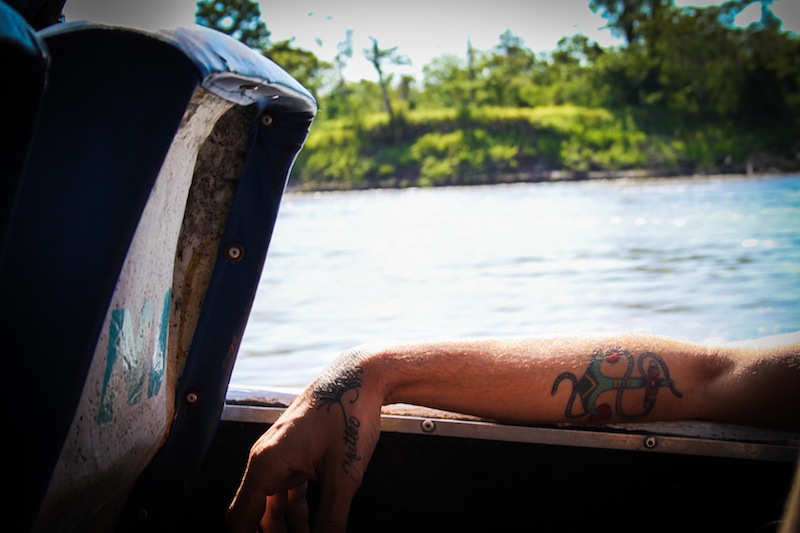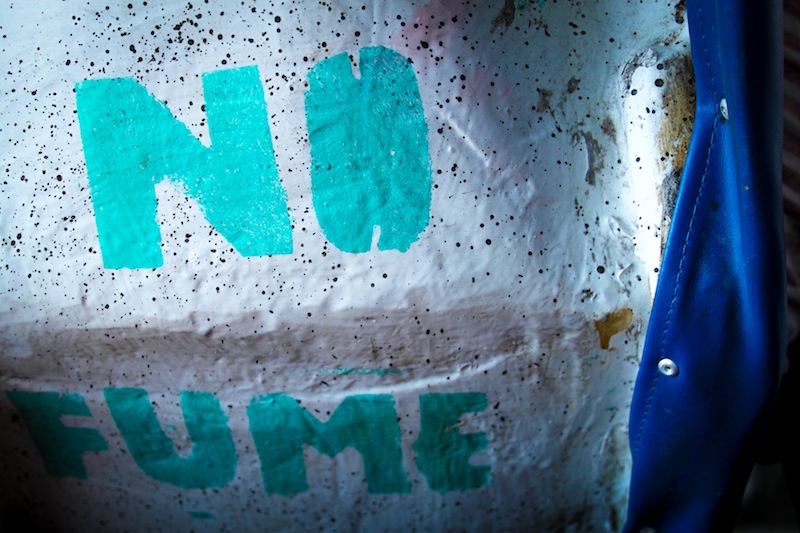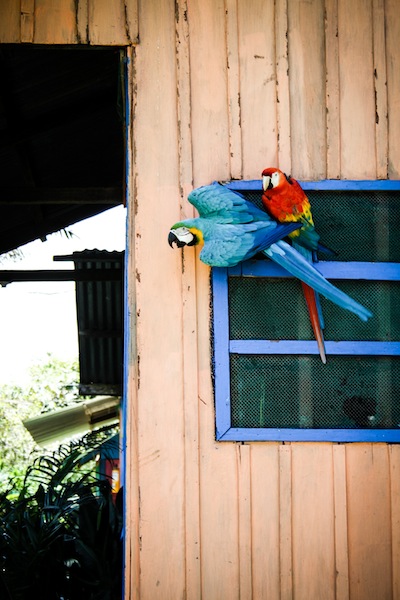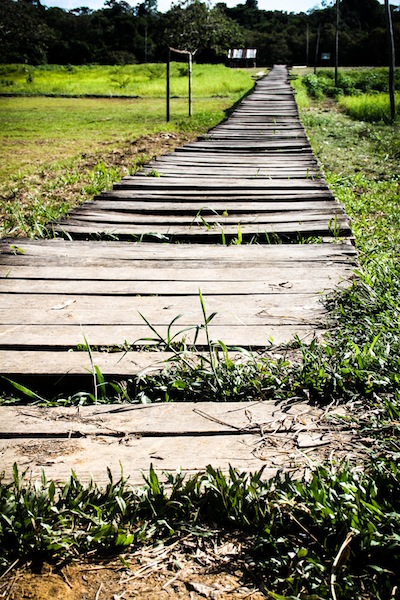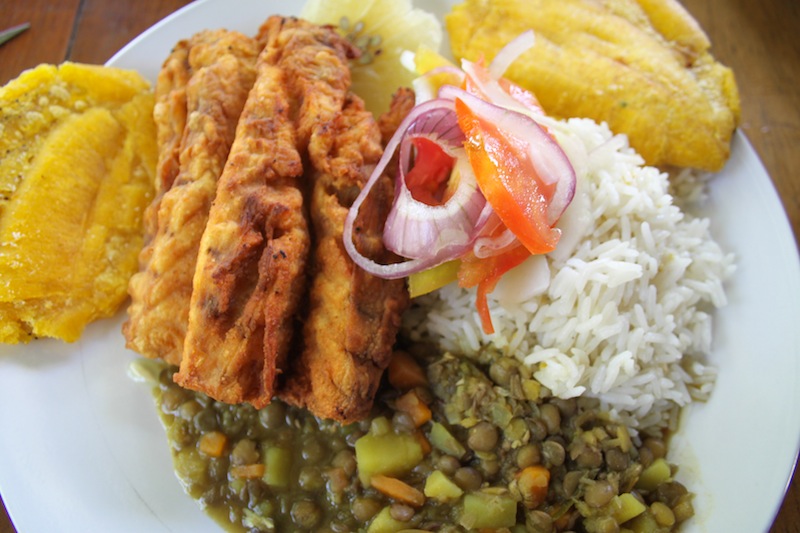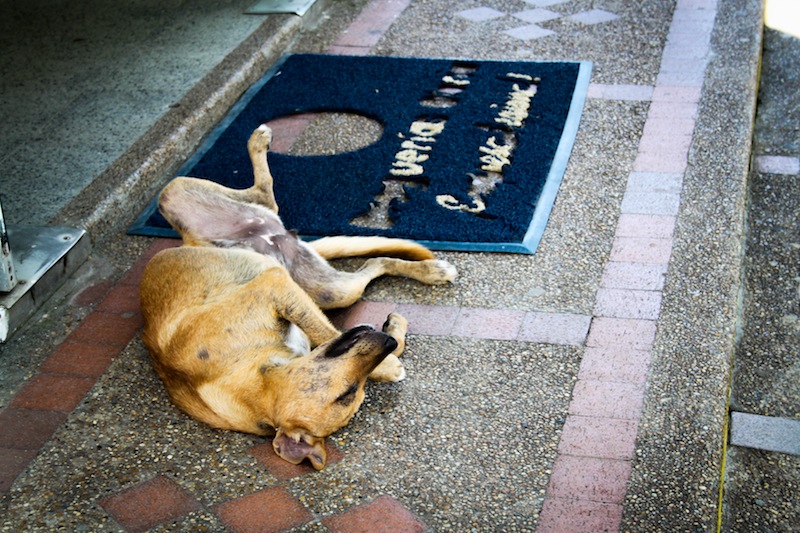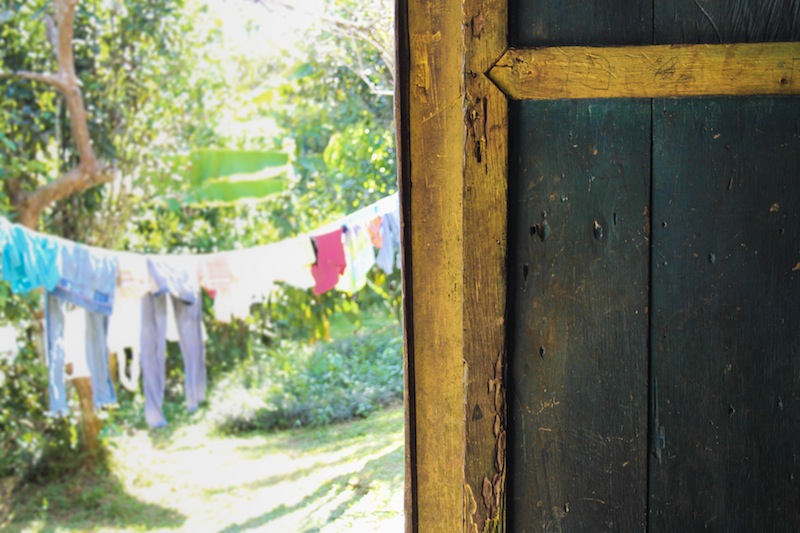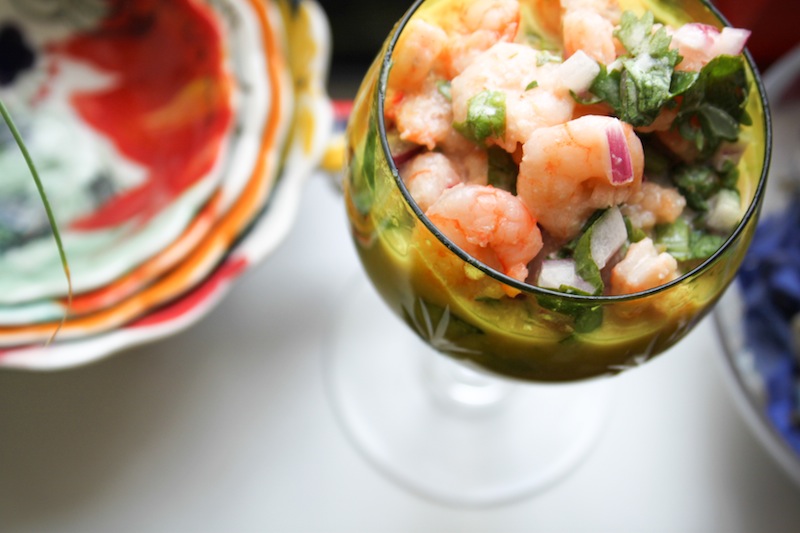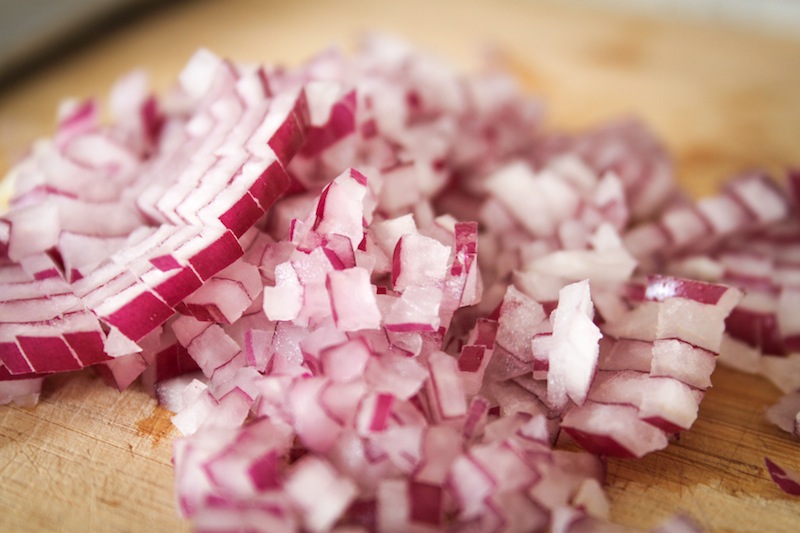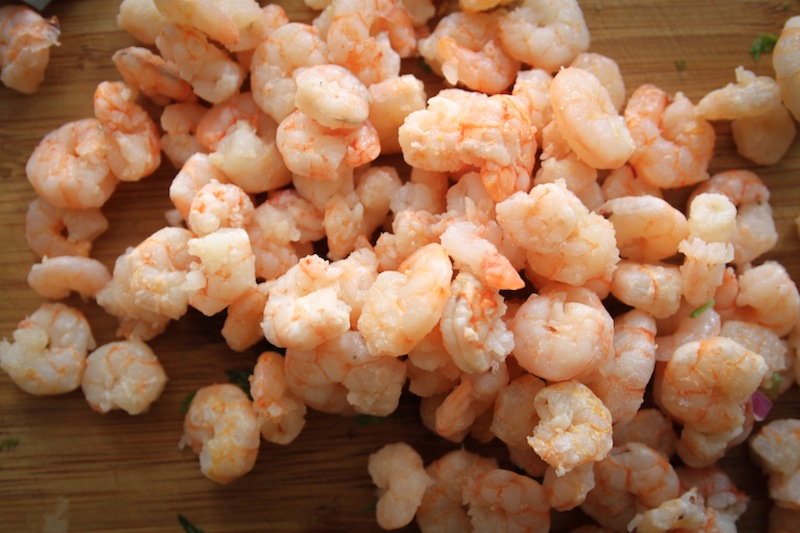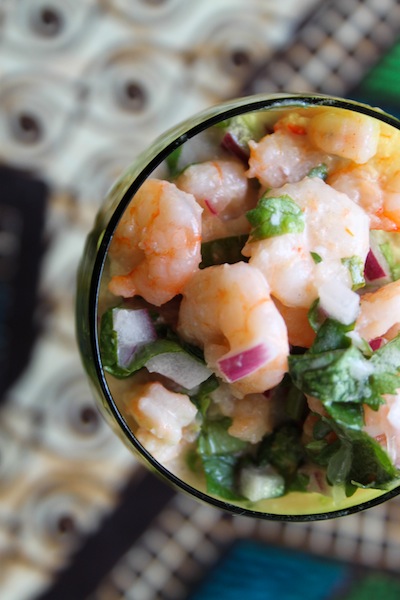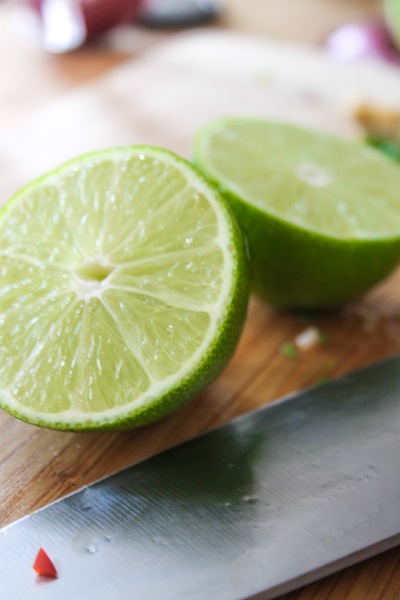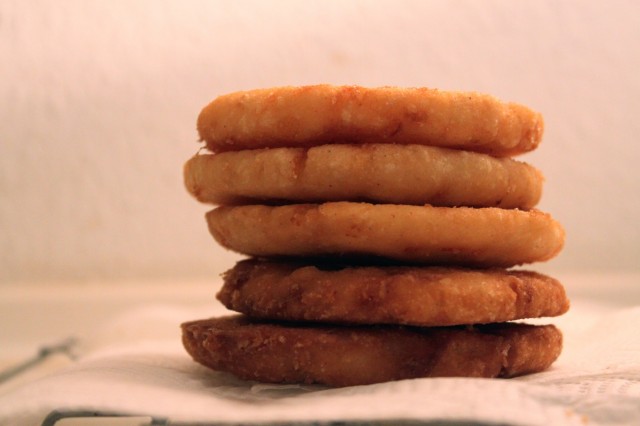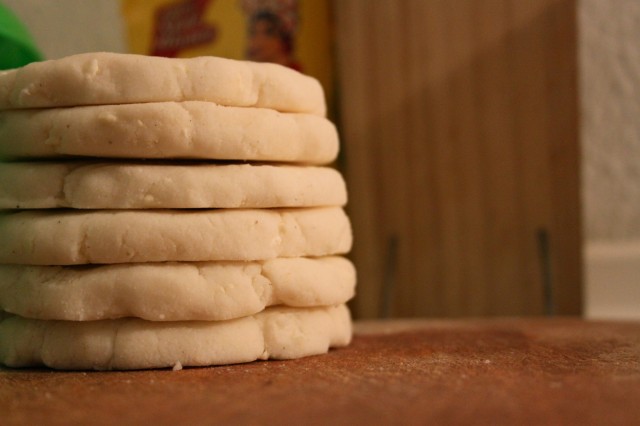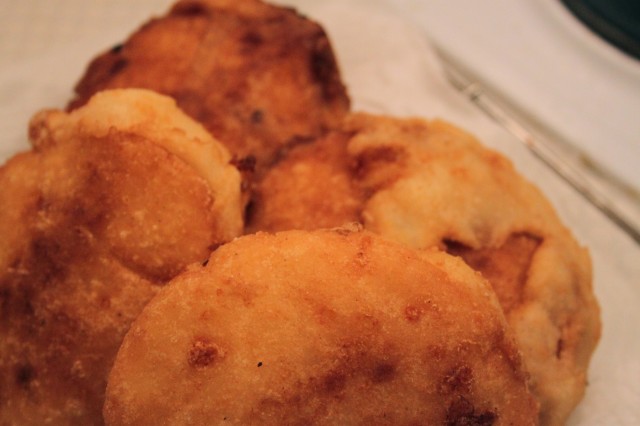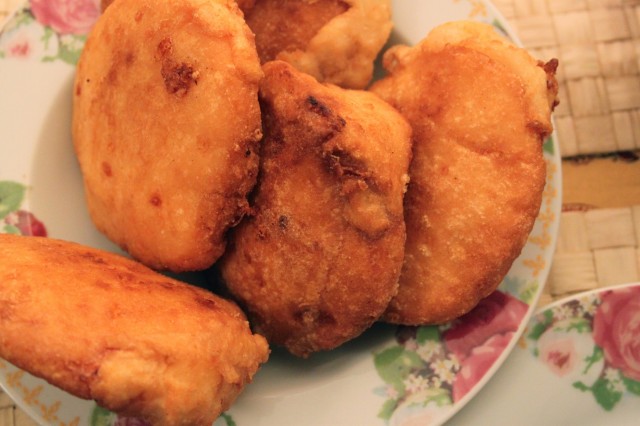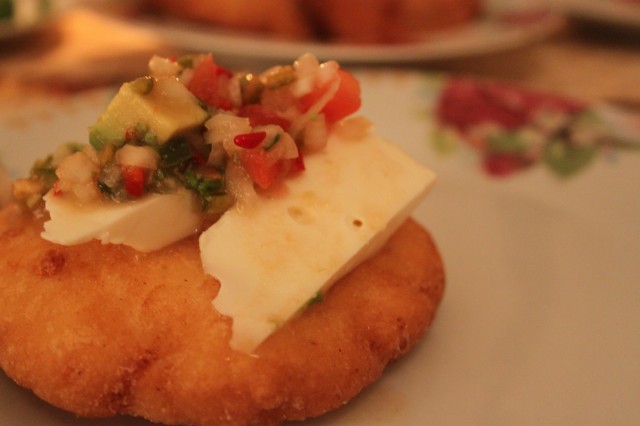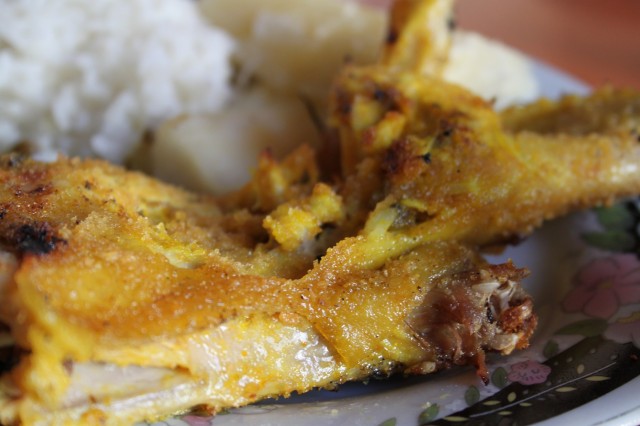
Part I
When we pulled into the parking lot, the place was already swarming. It was a Sunday, and it seemed as if half the city had flocked to the northern outskirts to eat themselves into a gut-busting stupor. We wound through the open-air building, packed with rickety wooden tables and plastic chairs, all full of families grabbing food off large silver trays piled with glistening cuts of meat and puffed up whorls of chicharrón, potatoes and flat white mounds of yuca. A happy clamor drifted across the simple concrete floor and low walls, mingling with the smoky scent of barbequing beef.
Once we’d snagged a table nestled in the very back of the long hall, we divided – half our group to hold our spot, the other to order food and wrestle the trays through the crowd. The wait seemed everlasting. It was already edging past 3 p.m., and my stomach was growling, the morning’s arepa and scrambled eggs feeling frighteningly distant. I worried the salt shaker between my fingers, wondering if a few grains might sharpen or dull the pangs, when David’s dad swooped to the table bearing a basket of grilled corn on the cob, thick yellow pearls scrubbed with black char, butter, and salt. Mazorca. The kernels were sweet and slightly powdery, almost popcorn-like. He also set down a pitcher of refajo, a mix of pale Aguila beer with sweet Colombiana soda, and we poured a round into our small plastic cups.


And then, like an answered prayer, the food was there. Soup, slightly thickened and a little bitter with herbs, with tender strands of chicken and a few vegetables – just enough to whet your appetite for the giant tray heaped with fist-sized cuts of beef, charred from an open flame and dripping with juices. » Continue reading this post...

